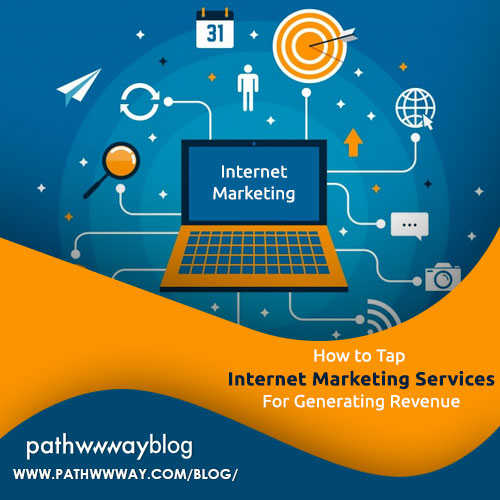How Effective Was Internet Marketing in the early Days of the Internet and Did it Work?
Internet
marketing was born, when Tim Berners Lee and his team conceived of the Netscape
browser and galvanised the evolution of the World Wide Web. Digital marketing,
as it exists today, is widely different. It was also during the 1990s that
search engines were born. It was in 1993 that the first clickable banner went
live. Another milestone for digital marketers was reached. With companies
purchasing website banner ads, online marketing finally arrived.
- Growth of Search Engines For Marketing Online
It
was in 1994 that a search engine called Yahoo! was created. That’s actually
when people started searching the web for data. More search engines popped up
as the years advanced and SEM thrived. Tools like Alexa, HotBot and LookSmart
debuted. It was during this time that web marketing pros started working on
search engine optimization. This was to ensure that the websites appeared on
the top of search engine rankings when people searched for certain terms. In
1997-1998, another internet firm was born: Google. This search engine startup
went on to pioneer digital marketing. Cookie technologies also appeared in the
90s.
Digital
cookies are pieces of code that websites embed in user browsers, so information
about the user can be remembered. Cookies made internet marketing even more effective. Midway
through the momentum, the dot-com bubble burst and many internet startups
failed. But internet or digital marketing did not die. The online marketplace
offers wonderful opportunities for savvy business owners investing in upfront
market research. It was around this time that Google launched AdWords and
kickstarted the online marketing movement.
- The Rise of Web 2.0
Web
2.0 marked an important point in digital marketing history. Web 2.0 sites
introduced dynamic content, user-generated marketing messages and what
eventually led to the growth of social media marketing. Early adopters of web
2.0 included WordPress. This CMS system made content marketing easier for
entrepreneurs. By 2004, internet ads and marketing strategies raked in USD 3
billion annually. At this point, Google released AdSense to enable publishers
to monetise their sites.
Social
media channels like Facebook and YouTube were launched in the years that
followed. Analytics also became popular in 2005 when Google Analytics was
launched, paving the way for traffic sources and visitor behaviours to be
effectively understood. Amazon sales also reached a USD 10 billion mark in
2006. Around the same time, the popular micro-blogging platform Twitter was
launched. Soon after, Tumblr marked its emergence. And in 2007, when the iPhone
launched, it was digital marketing that benefited from it all.
- The Rise of Native Ads
Mobile
technologies surged ahead. It was at this time that Fred Wilson coined the term
‘native advertising’. It was used to describe an ad strategy where businesses
created digital content to find new customers. As mobile grew beyond desktop in
2014 and accelerated mobile pages evolved, internet marketing became more and
more advanced from what it was in the early days of the net.
So,
while internet or digital marketing technologies and strategies were effective
for their time, as the evolution of marketing automation took place and AR, VR
and AI entered the marketing mix, digital marketing changed for the better.
Personalisation, focus on customer preferences and increased emphasis on sales
as a relationship rather than a transaction marked this evolution, as online
marketers became increasingly oriented towards knowing just what the customer
wants!

